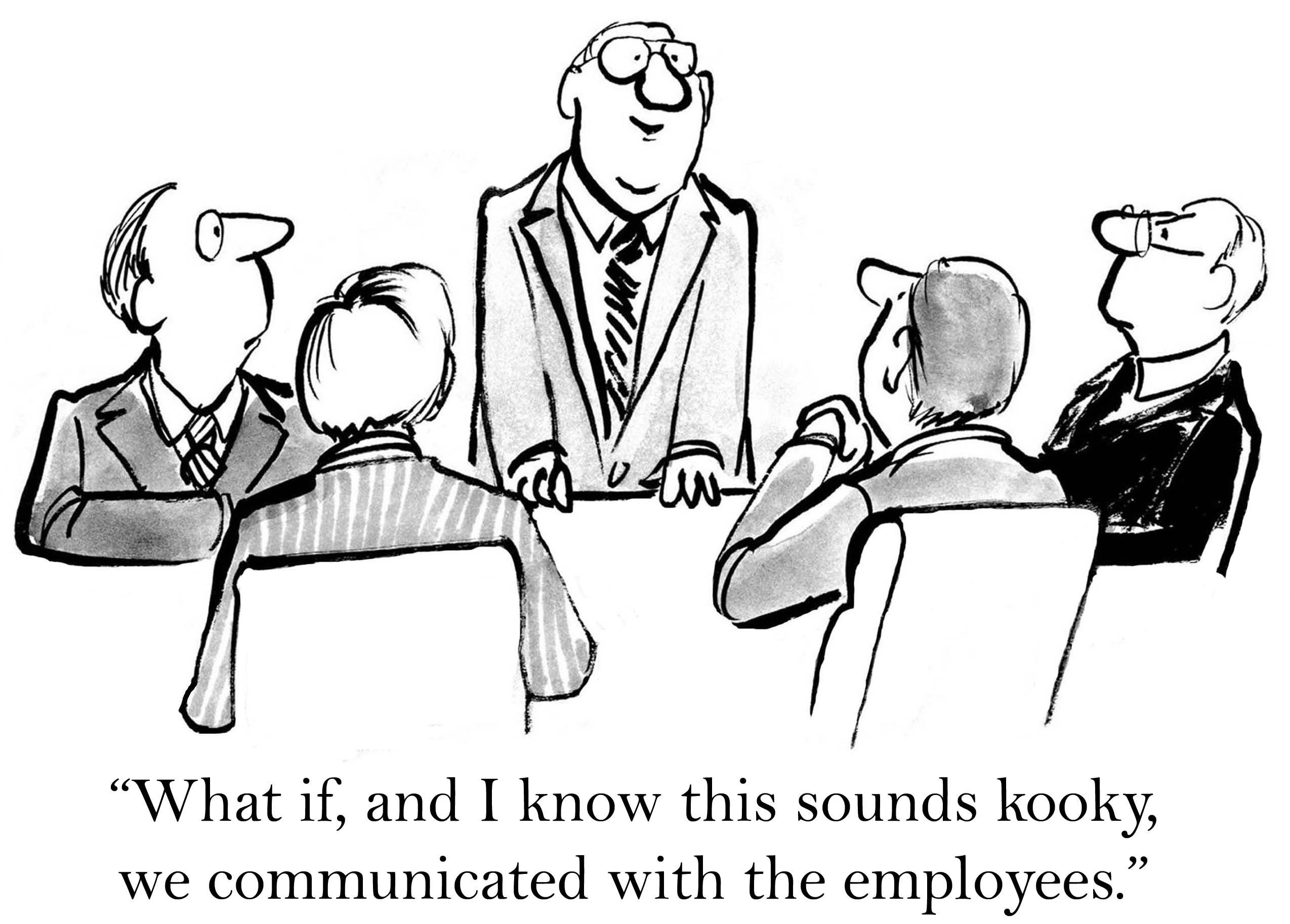5 Tips To Handling A Difficult Employee Conversation
1. Don’t Avoid It |
|
When faced with the need to have a difficult conversation, the worst thing you can do is avoid it. By avoiding the conversation, you could be sending the message that you either don’t care about the behavior or situation, or it could signal that you don’t trust or value the employee enough to have it. By handling the conversation in a productive manner you establish trust and respect. |
4. Be Aware Of Non-Verbals |
|
So often it isn’t what you say, but how you say it that matters. That includes tone and body language. Make sure your are sitting at their level, making eye contact, keeping your posture straight and hands down. Avoid things like crossing your arms, placing your hands in your pockets, raising your voice or pursing your lips. Staying mindful of non-verbals will help with the dynamics of the meeting. |
2. Have A Clear Plan |
|
Never have these difficult conversations on a whim. When you have difficult conversations in an impromptu manner you are more likely to react emotionally, go off topic and potentially say things you will later regret. If at all possible, you may want to schedule the meeting in advance, giving the employee some insight on what will be discussed. This will help them prepare as well. |
5. Listen With Both Ears |
|
It is often said you have two ears and one mouth for a reason: you should always listen more than you speak. Difficult conversations should always be dialogues, not monologues. This one key along can make all the difference. It is important that the employee feels heard. You may also get some insight on what lead to the current conflict, which is always helpful. |
3. Stick To The Facts |
|
Oftentimes people inadvertently make-up stories in their heads about why someone’s behavior is the way it is. To have these conversations successfully you must stick to facts and not make any assumptions. If all you have to go on is hearsay, take the opportunity to get the individuals perception of events before making any accusations. Most times there is more to the story. |
Sample ConversationsThese challenging conversations can reach across a wide array of areas, including: Sub-par performance, personality conflicts, inappropriate behaviors, hygiene and organizational changes. Stick to these tips and you will find these conversations will be more productive than ever. |

























